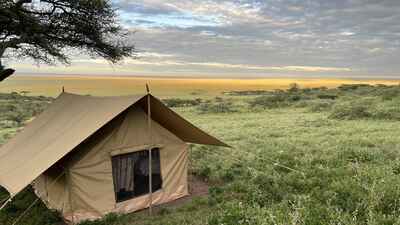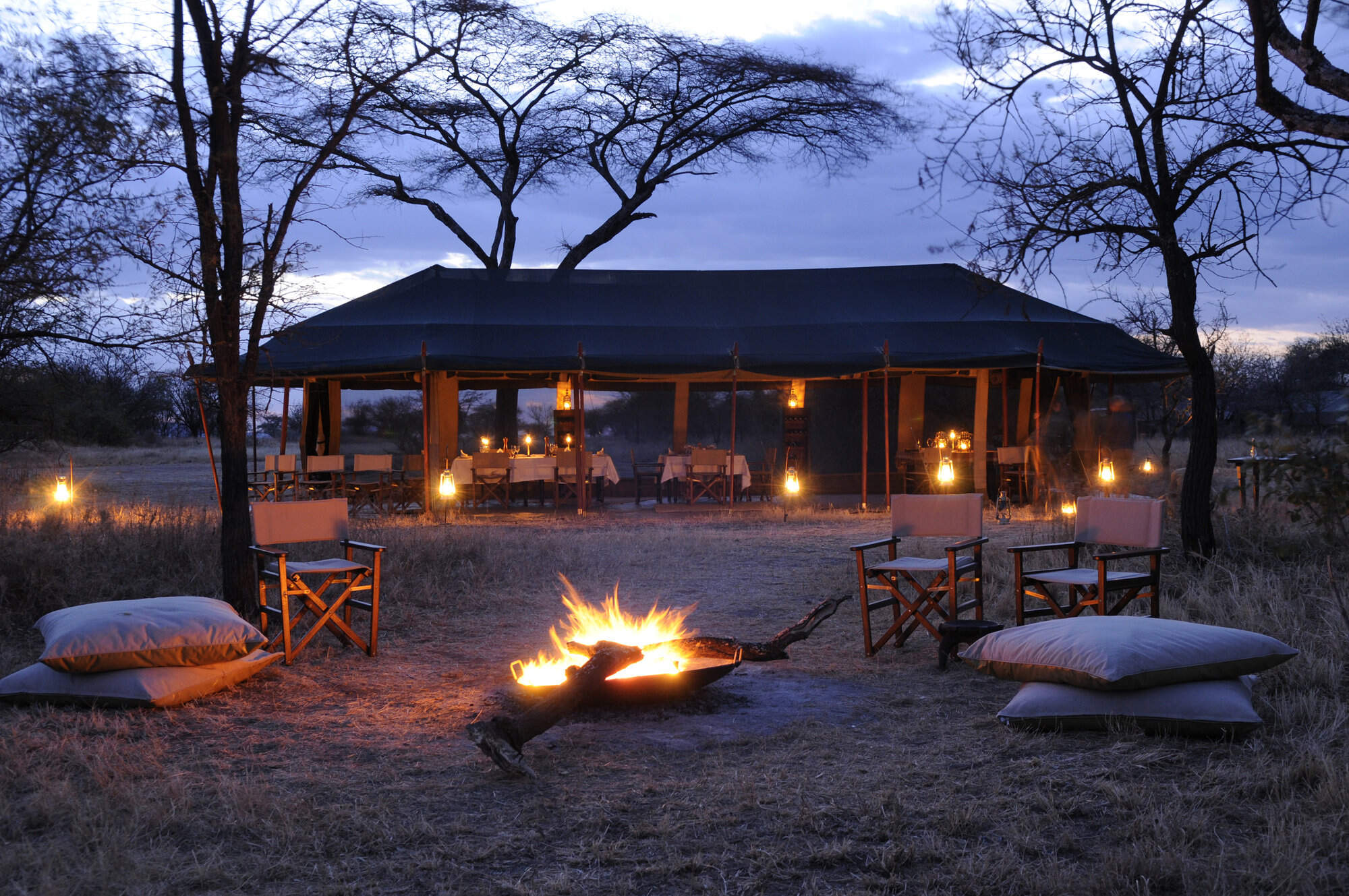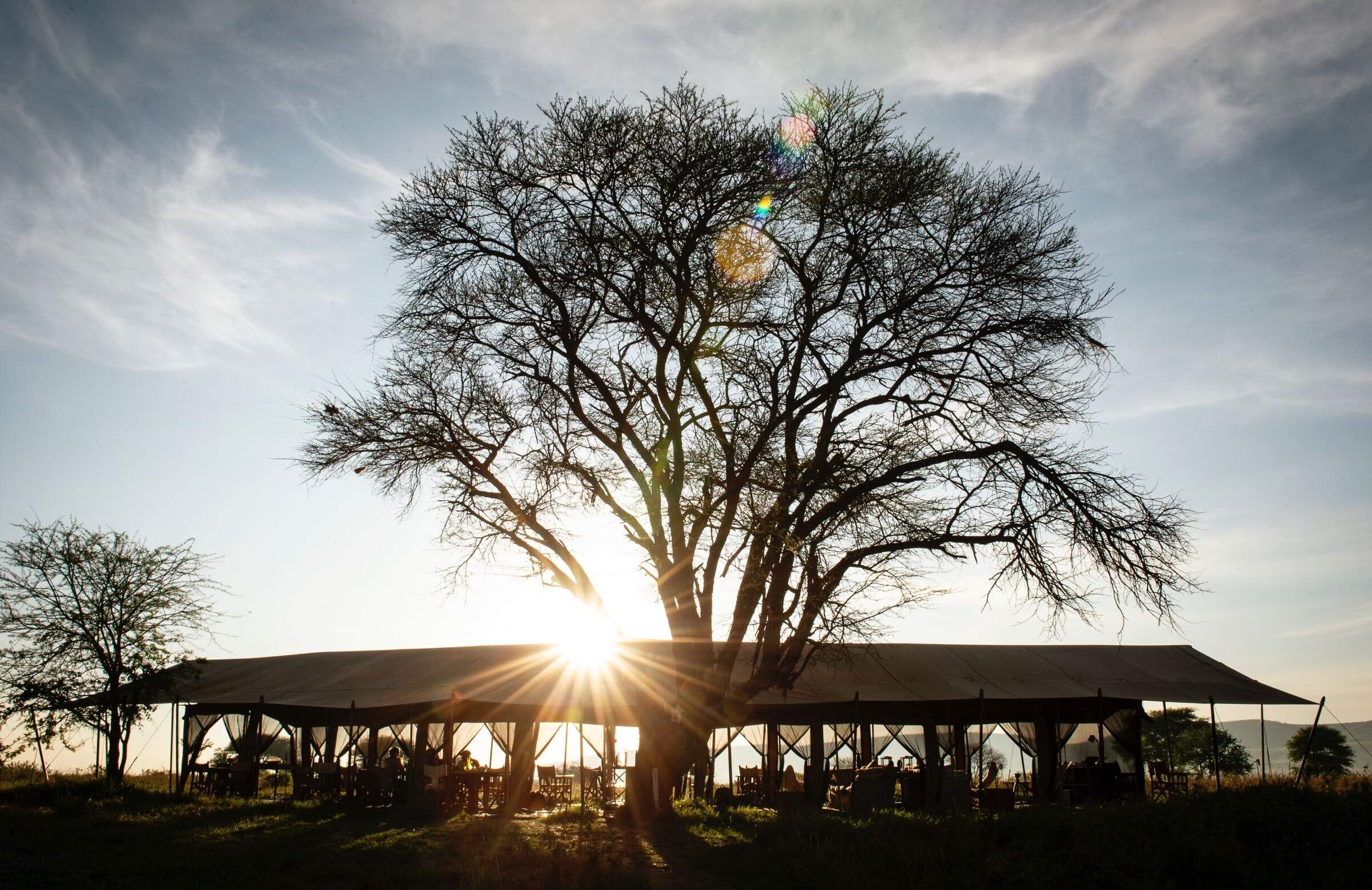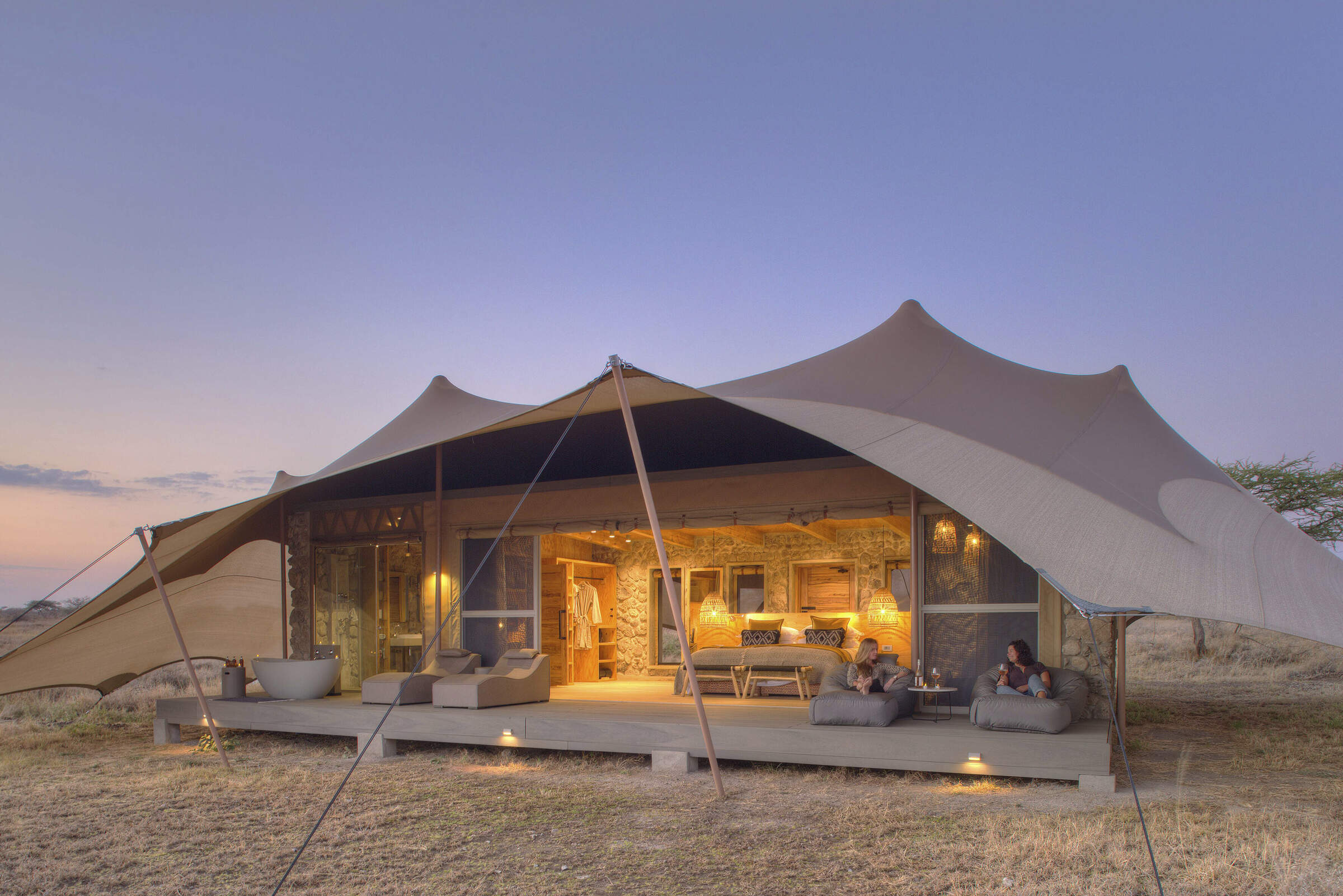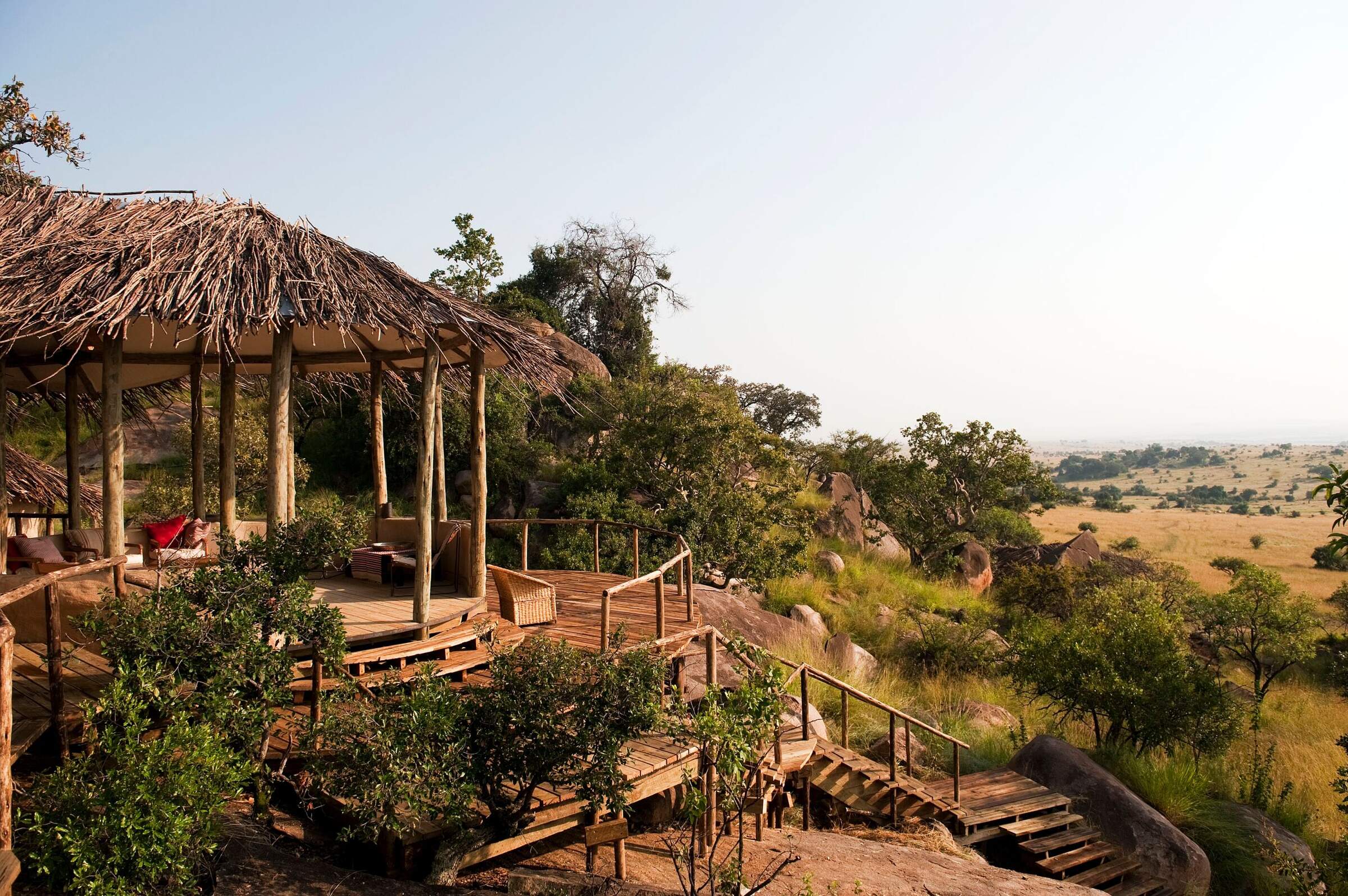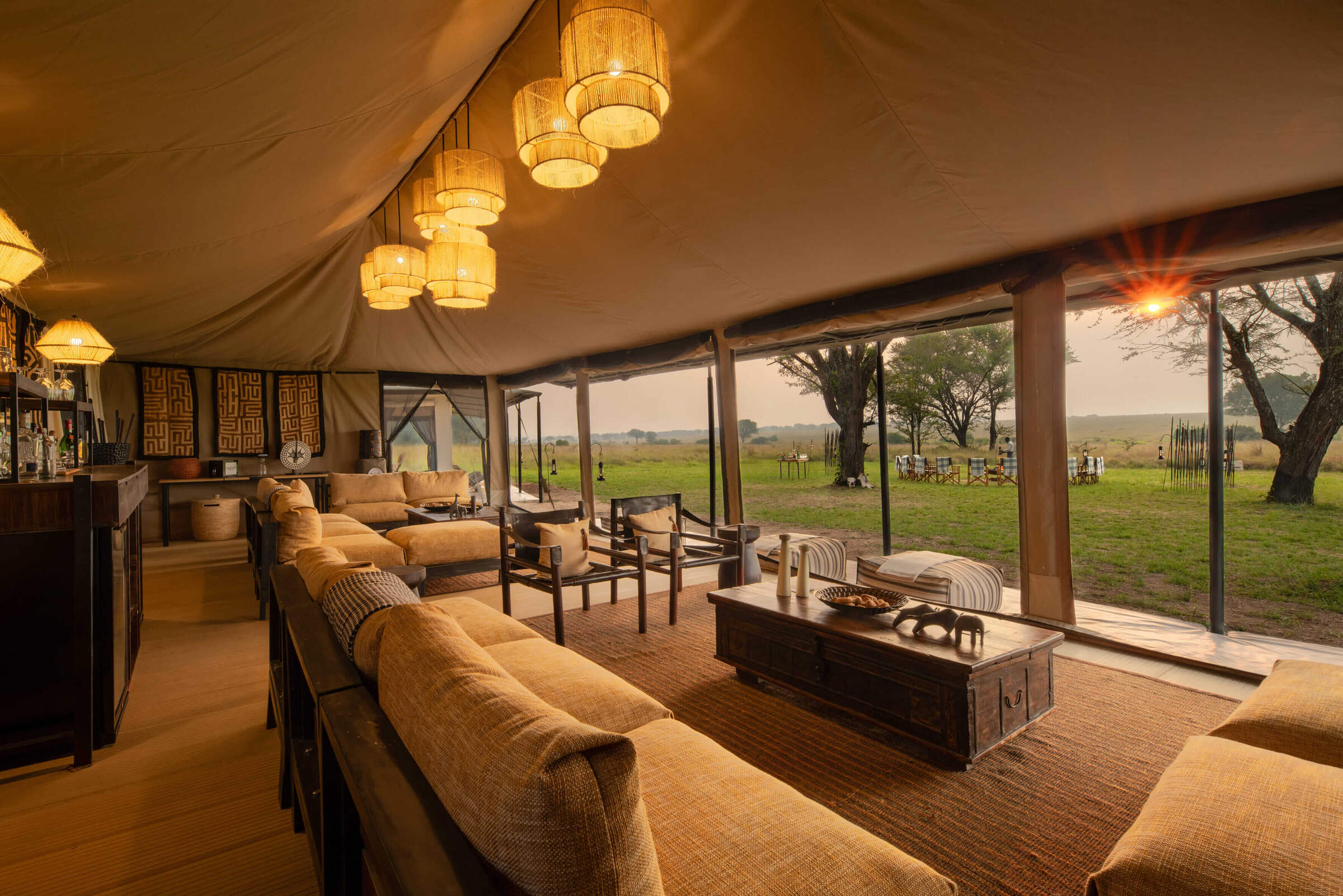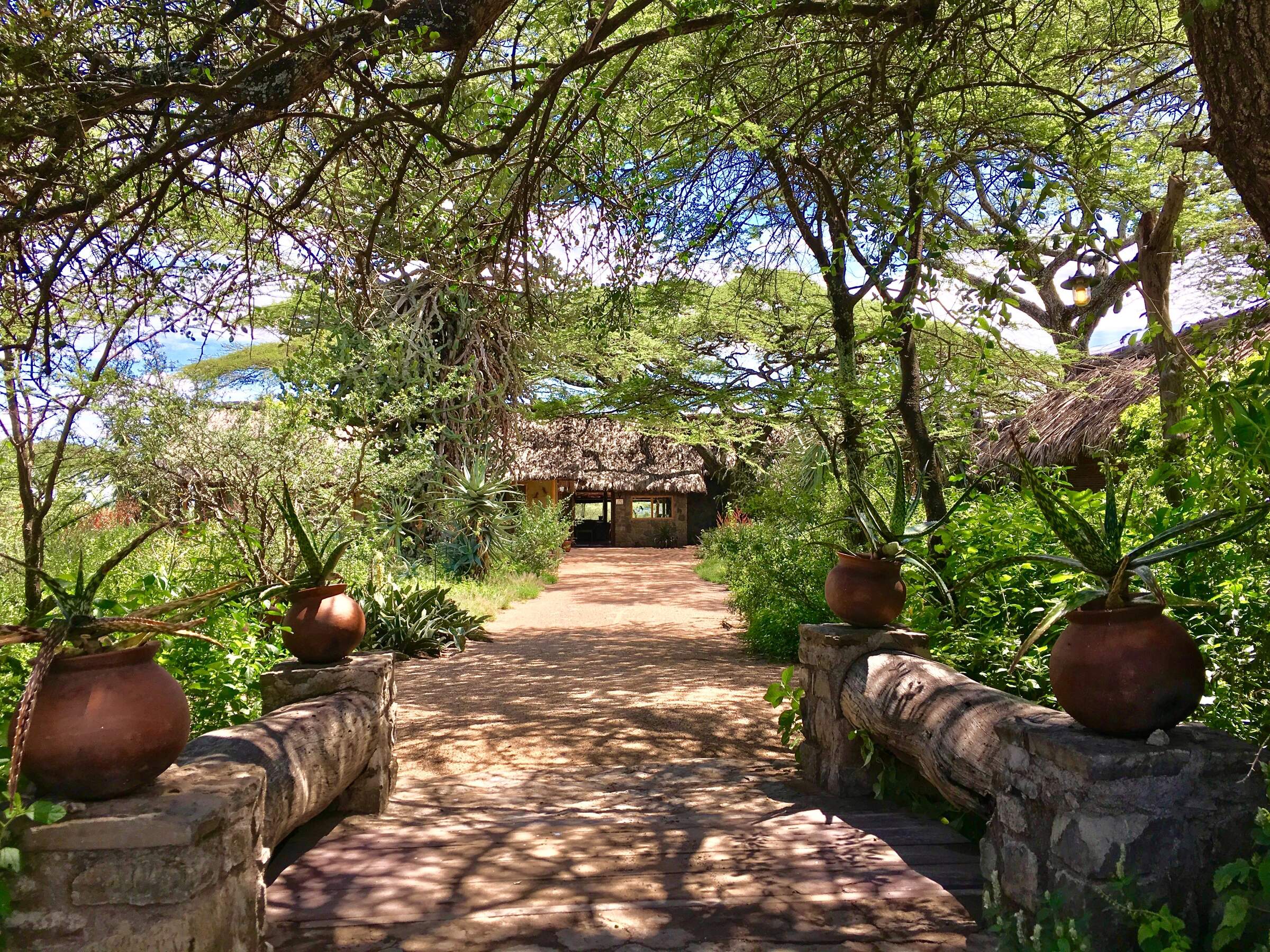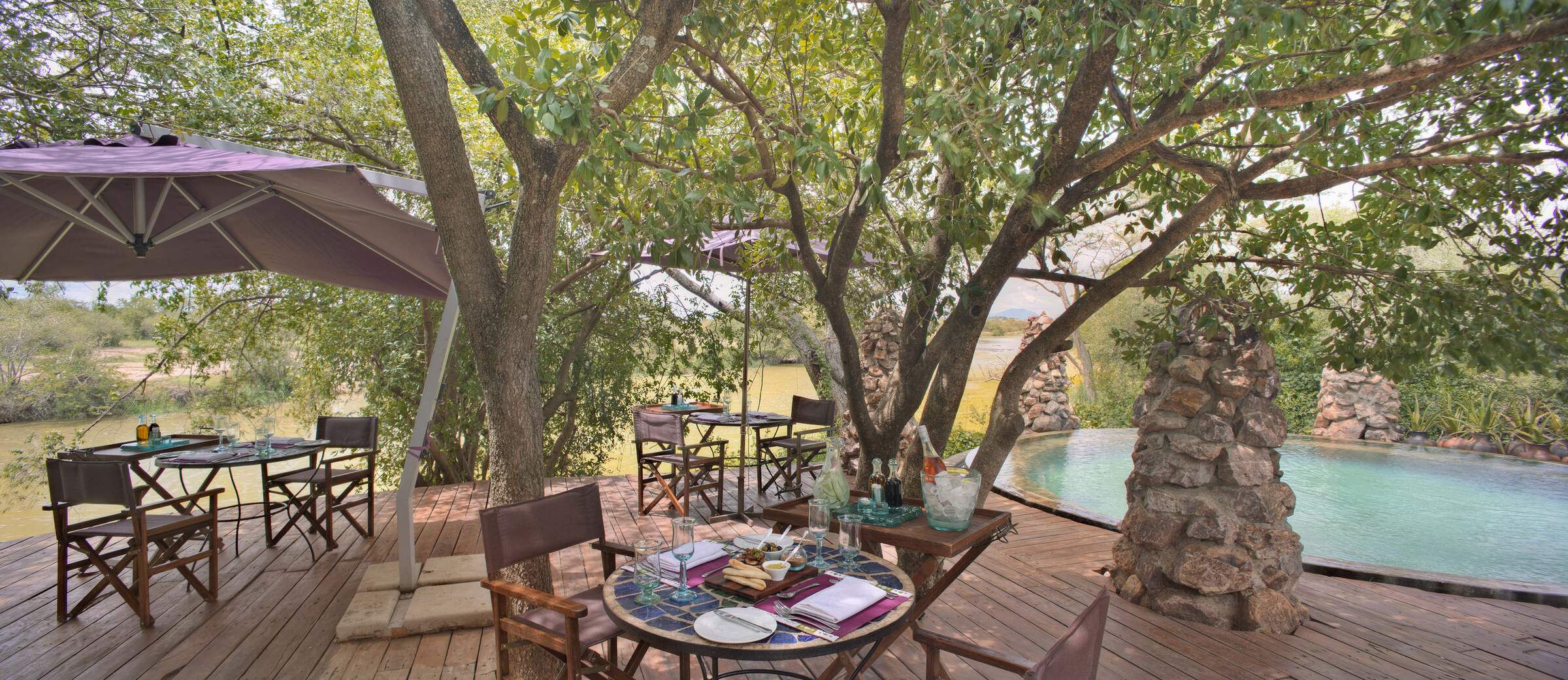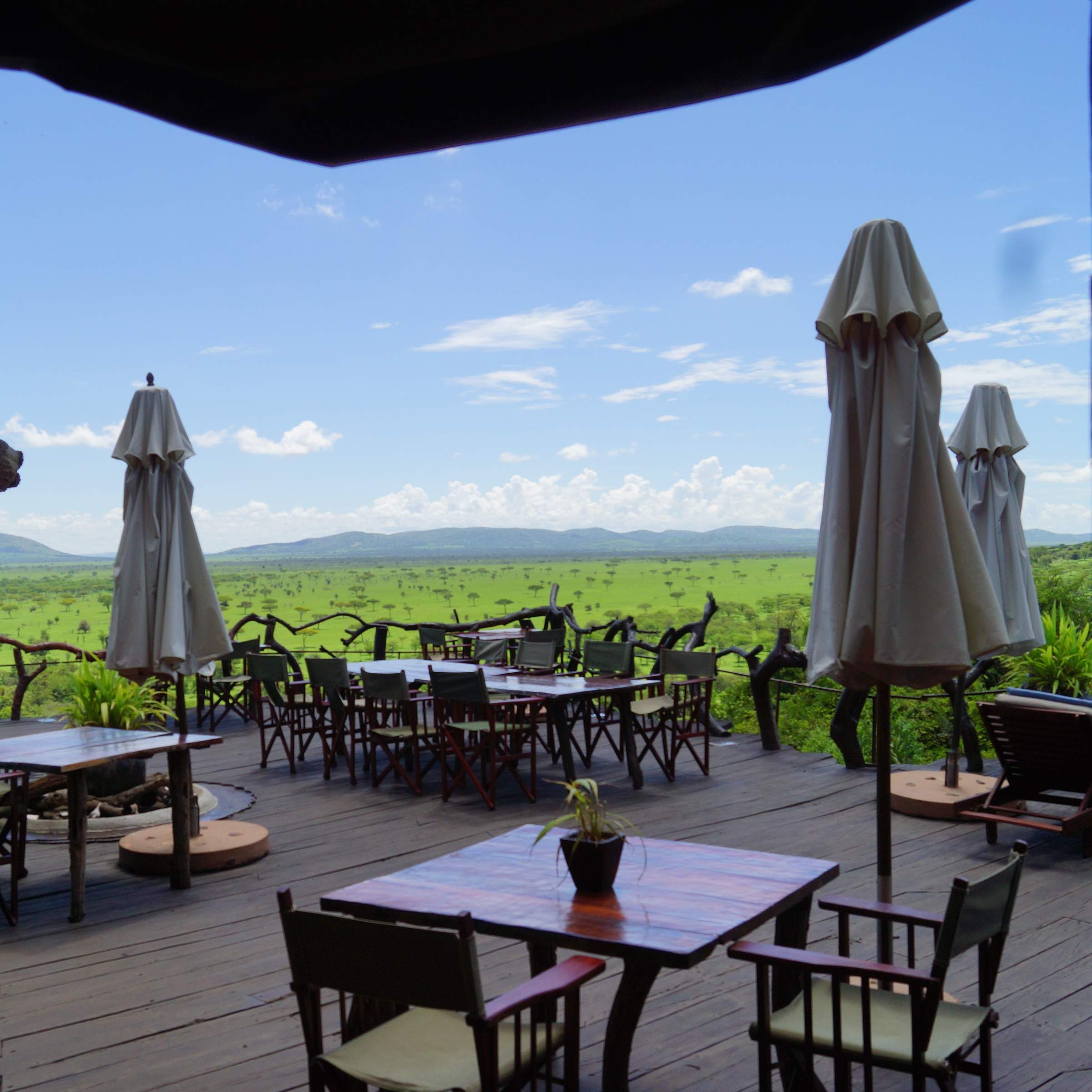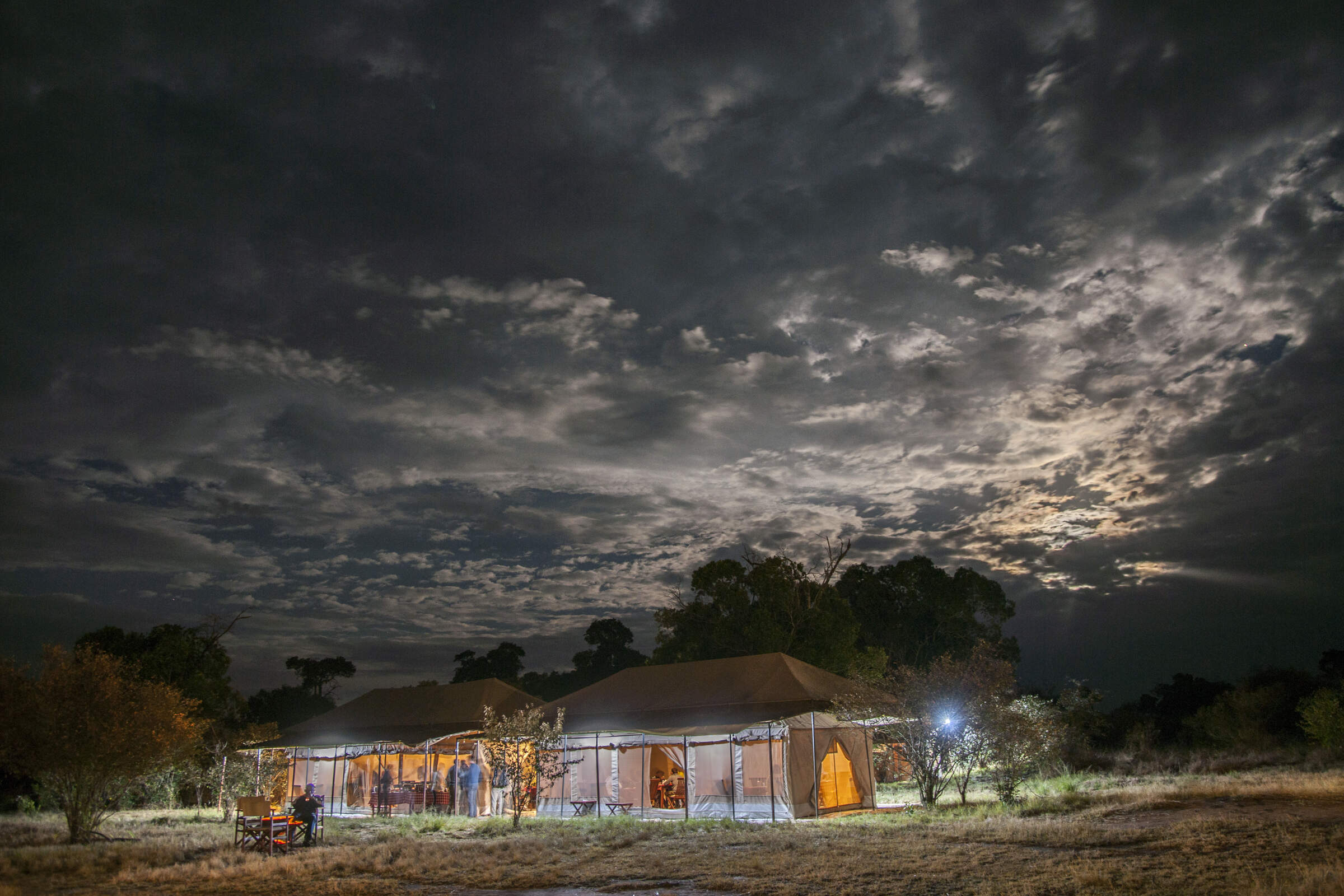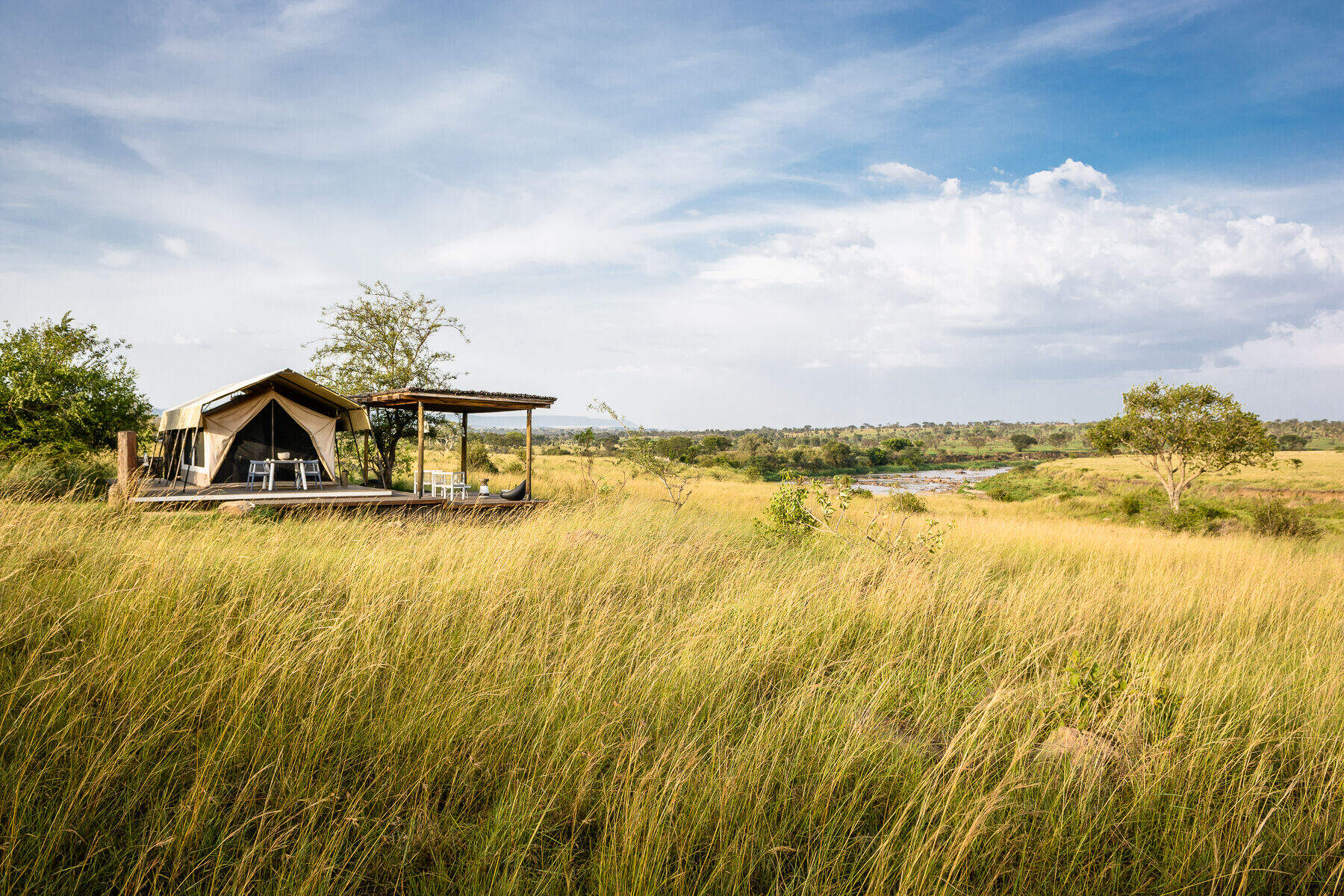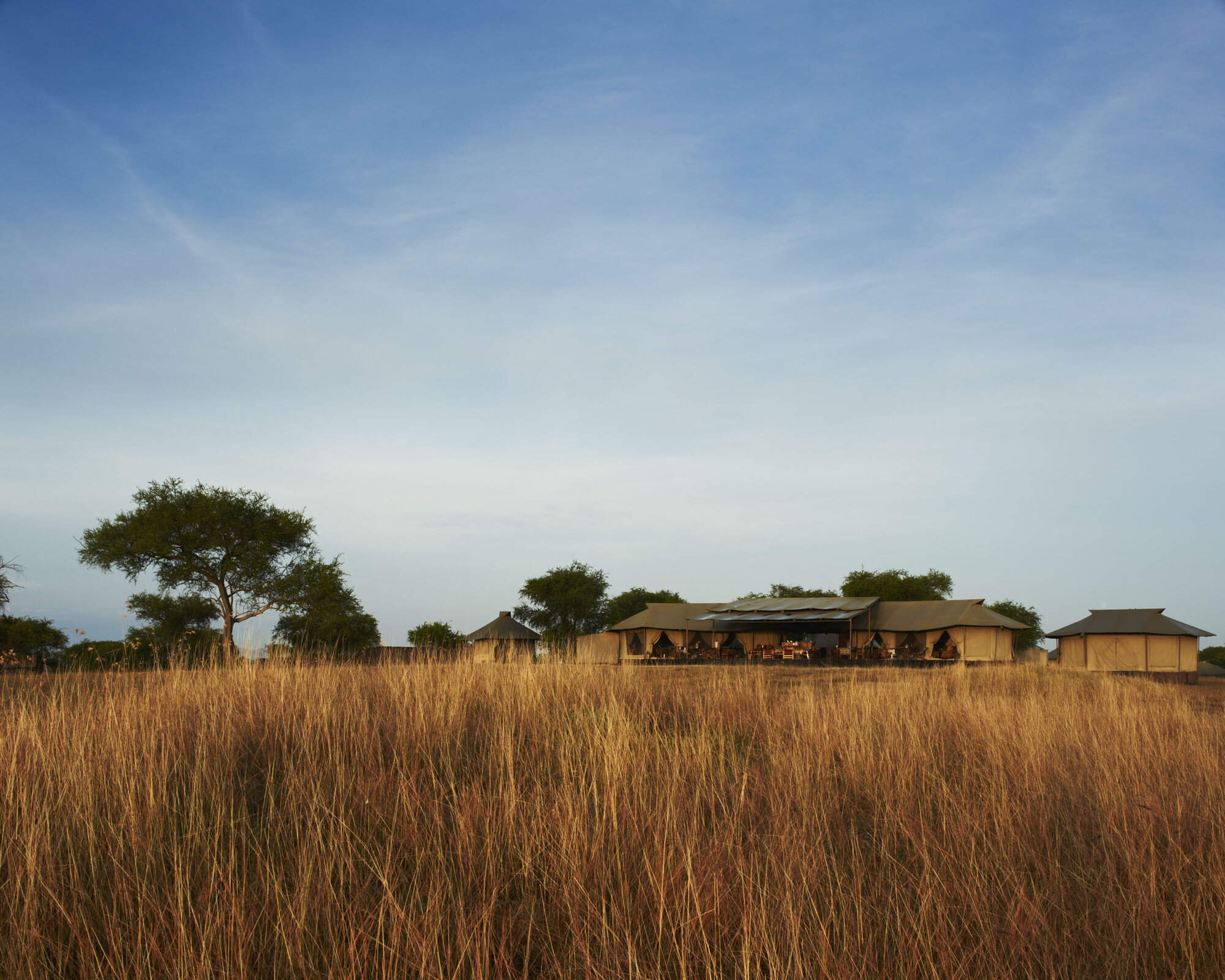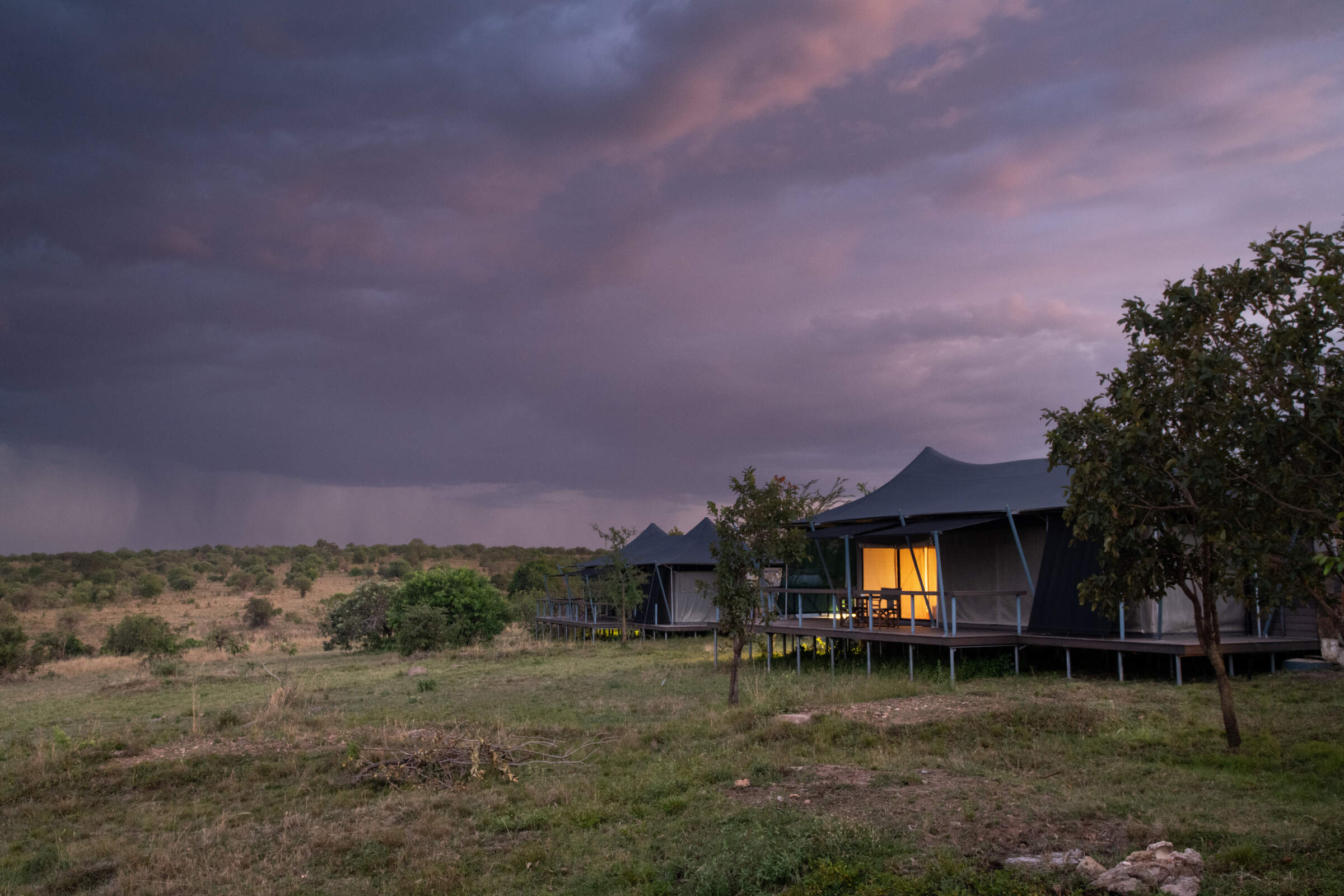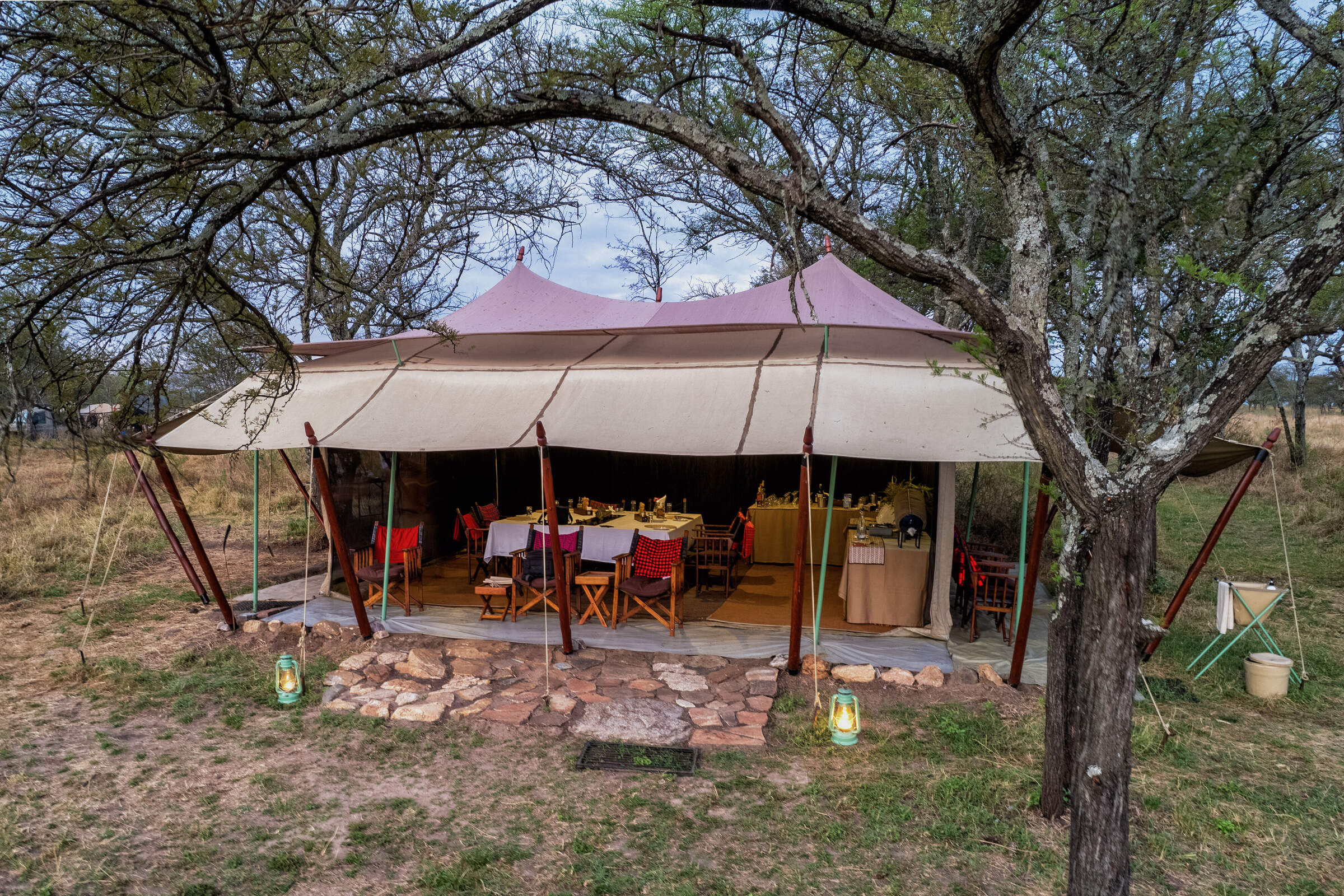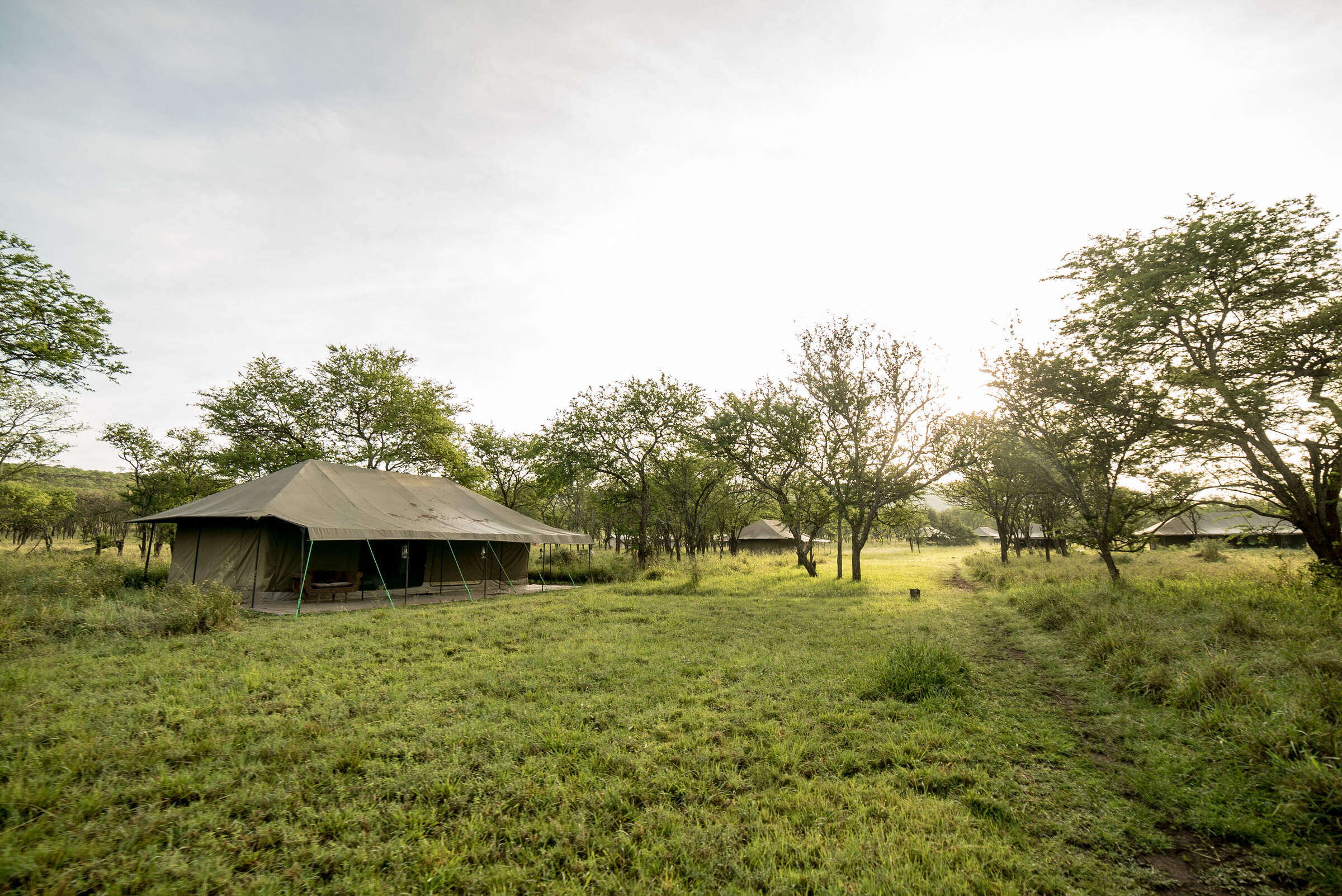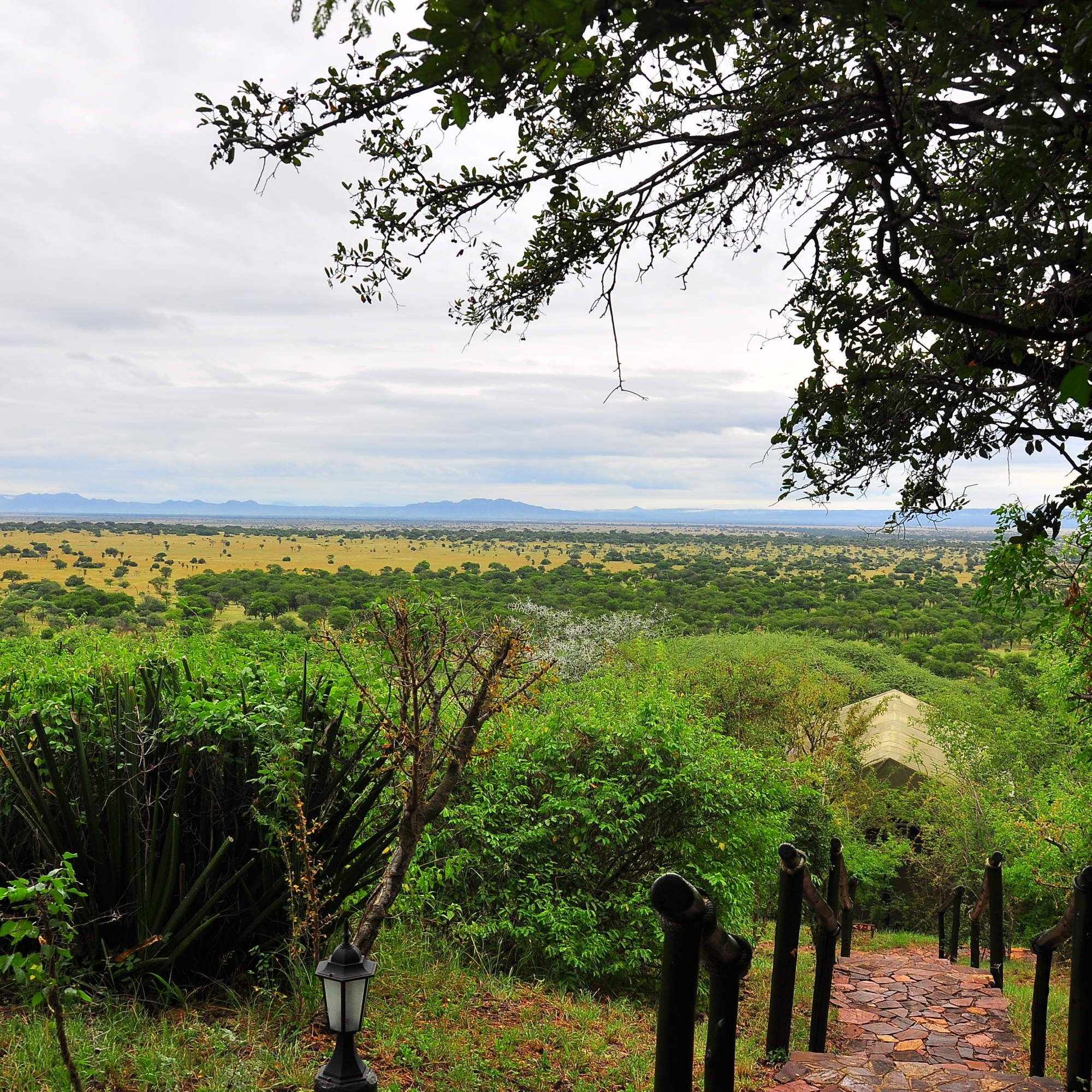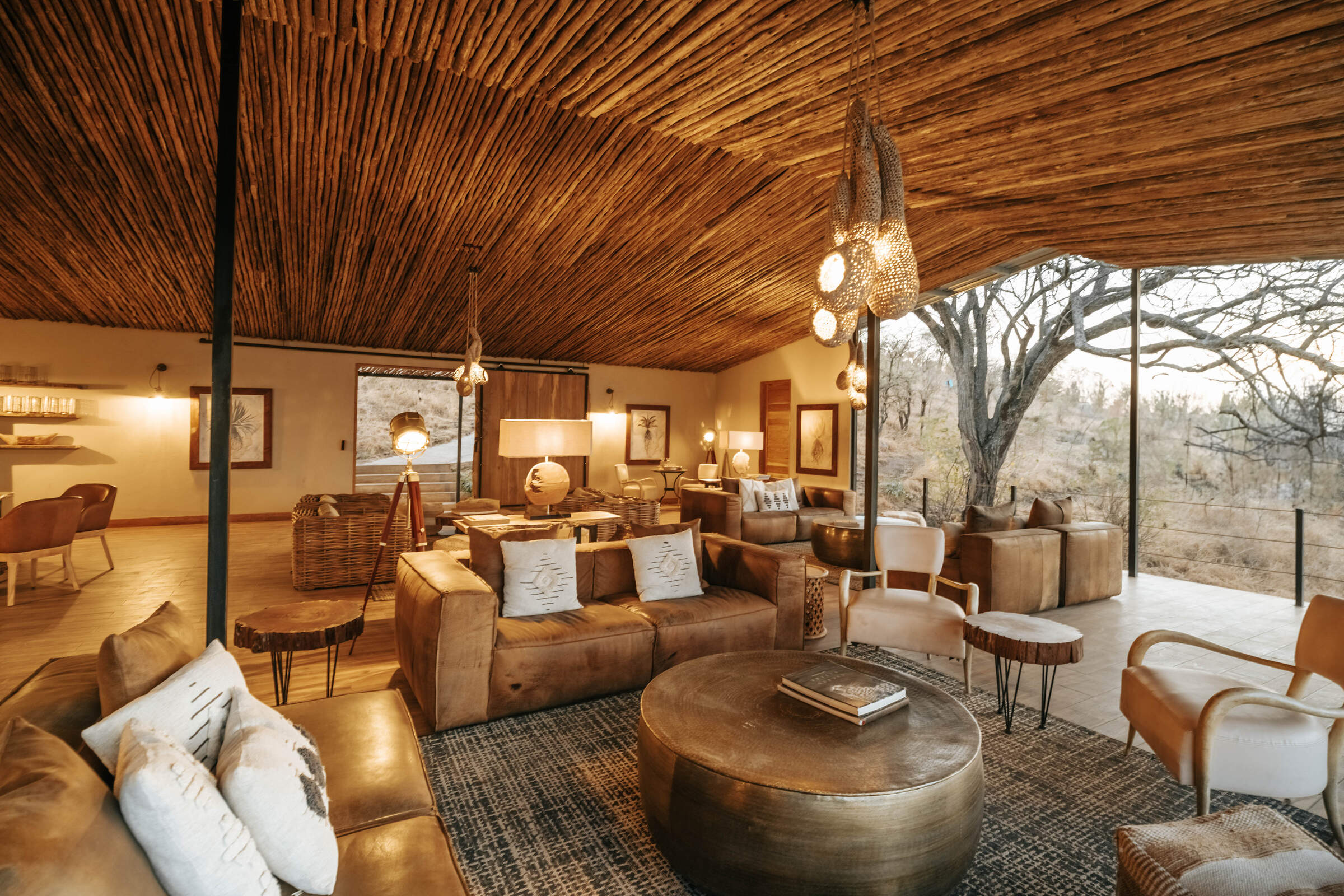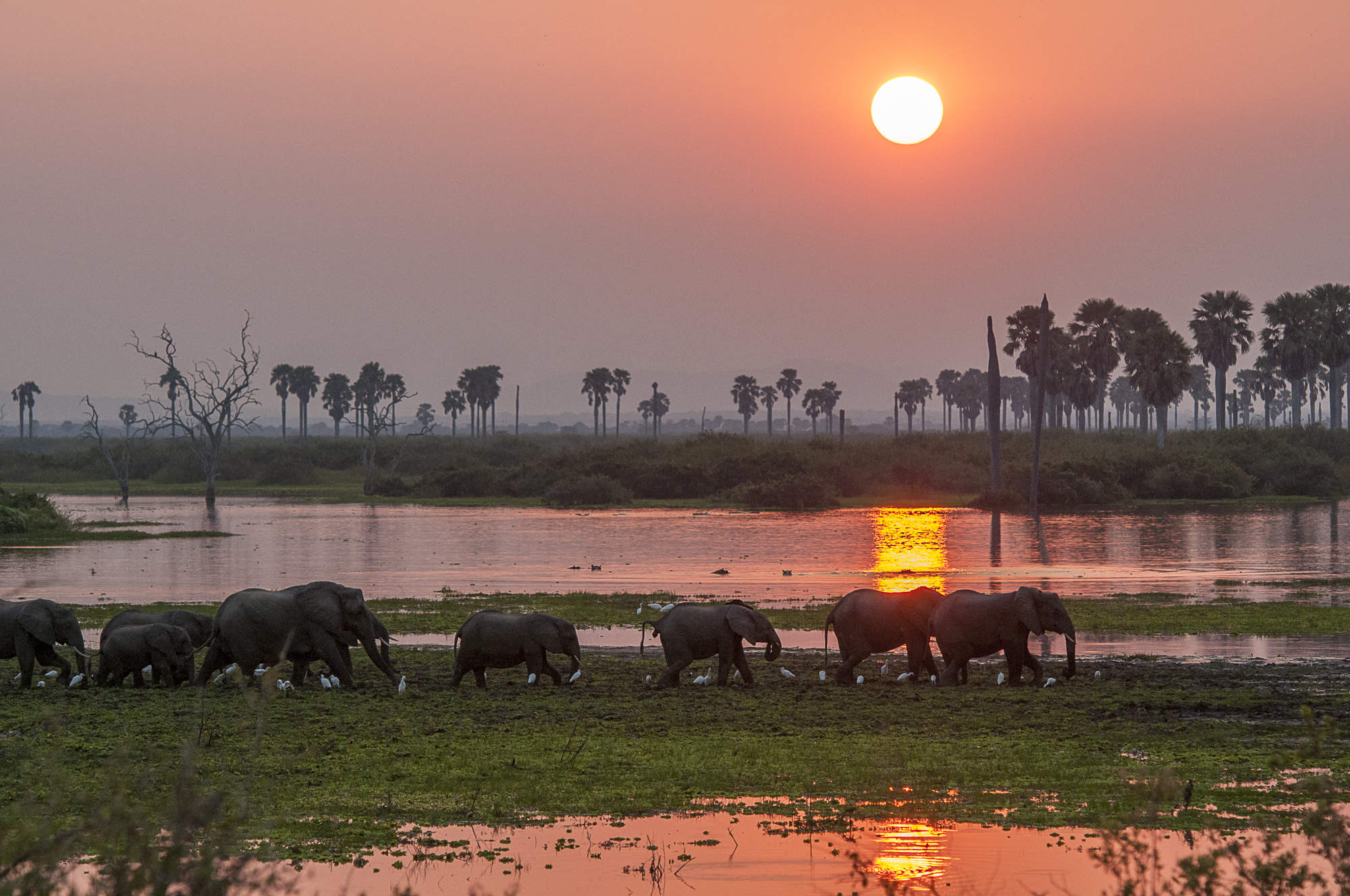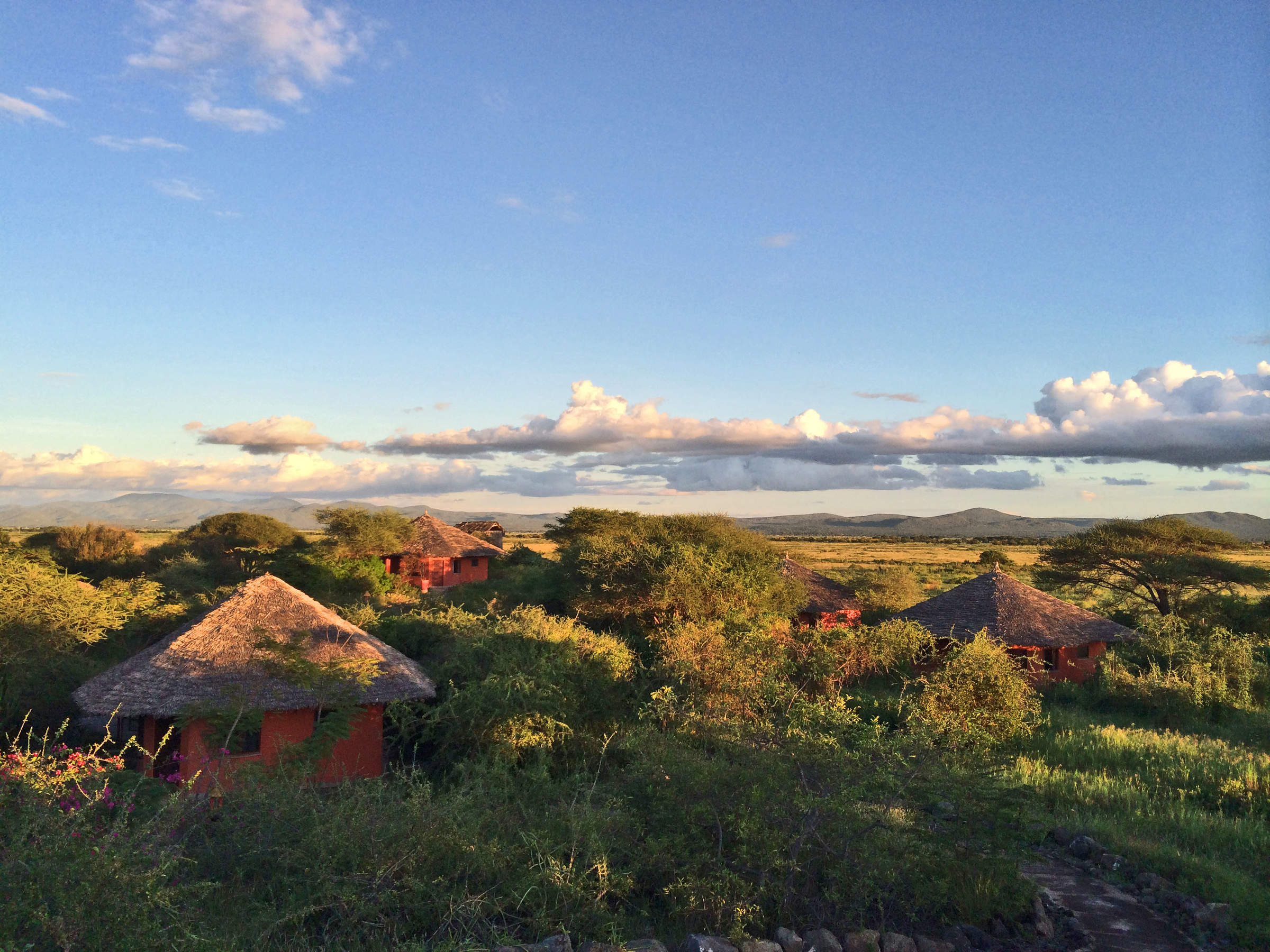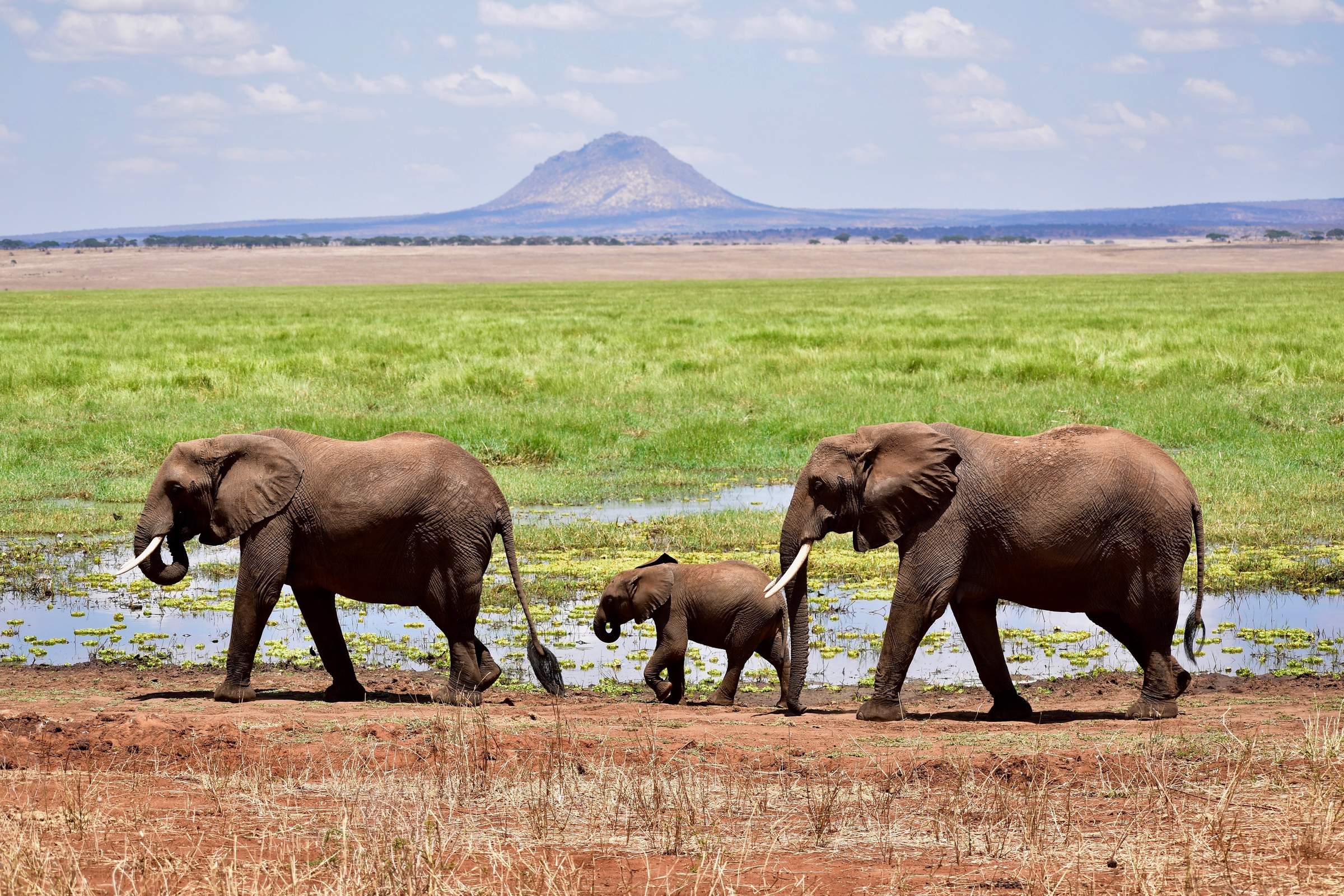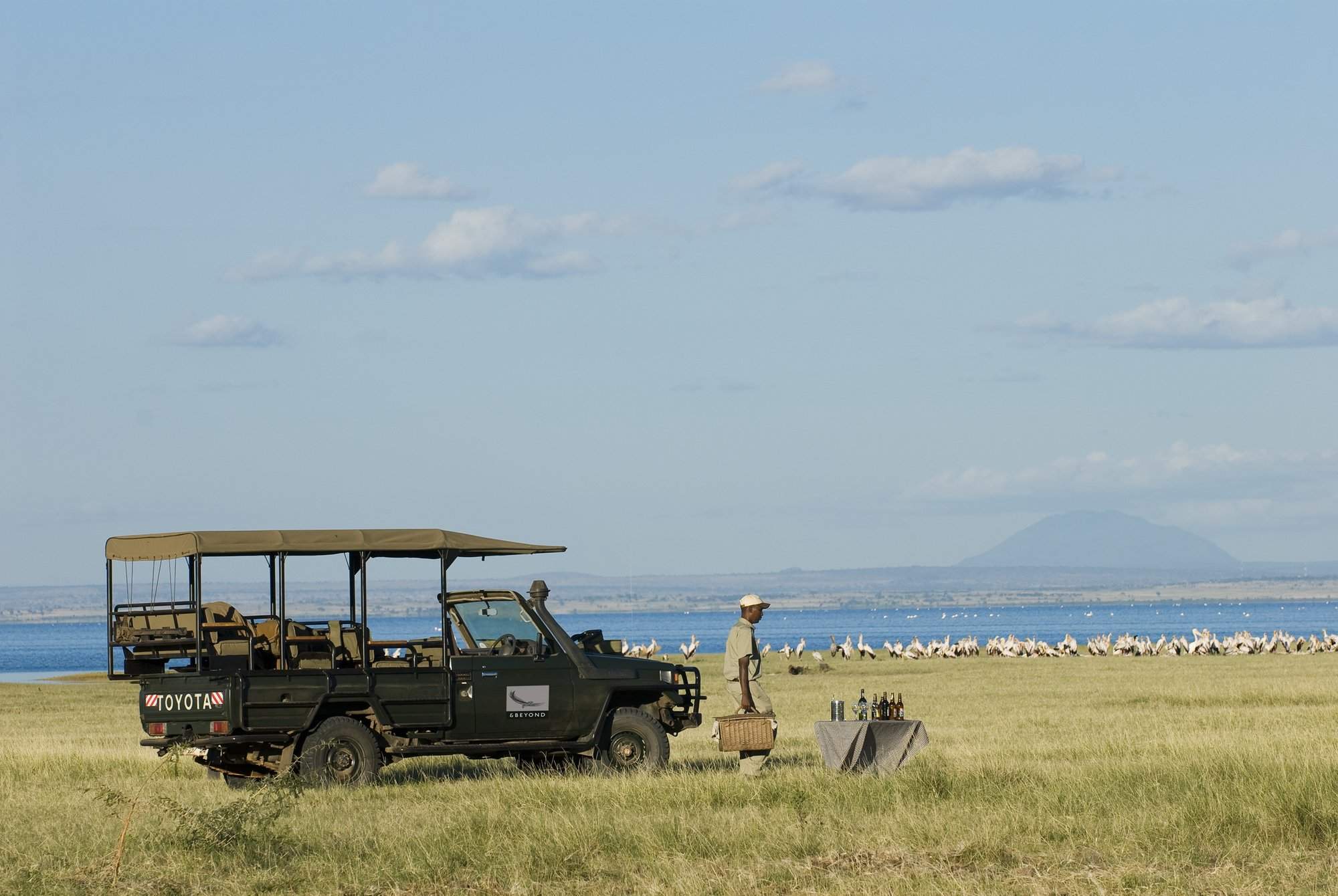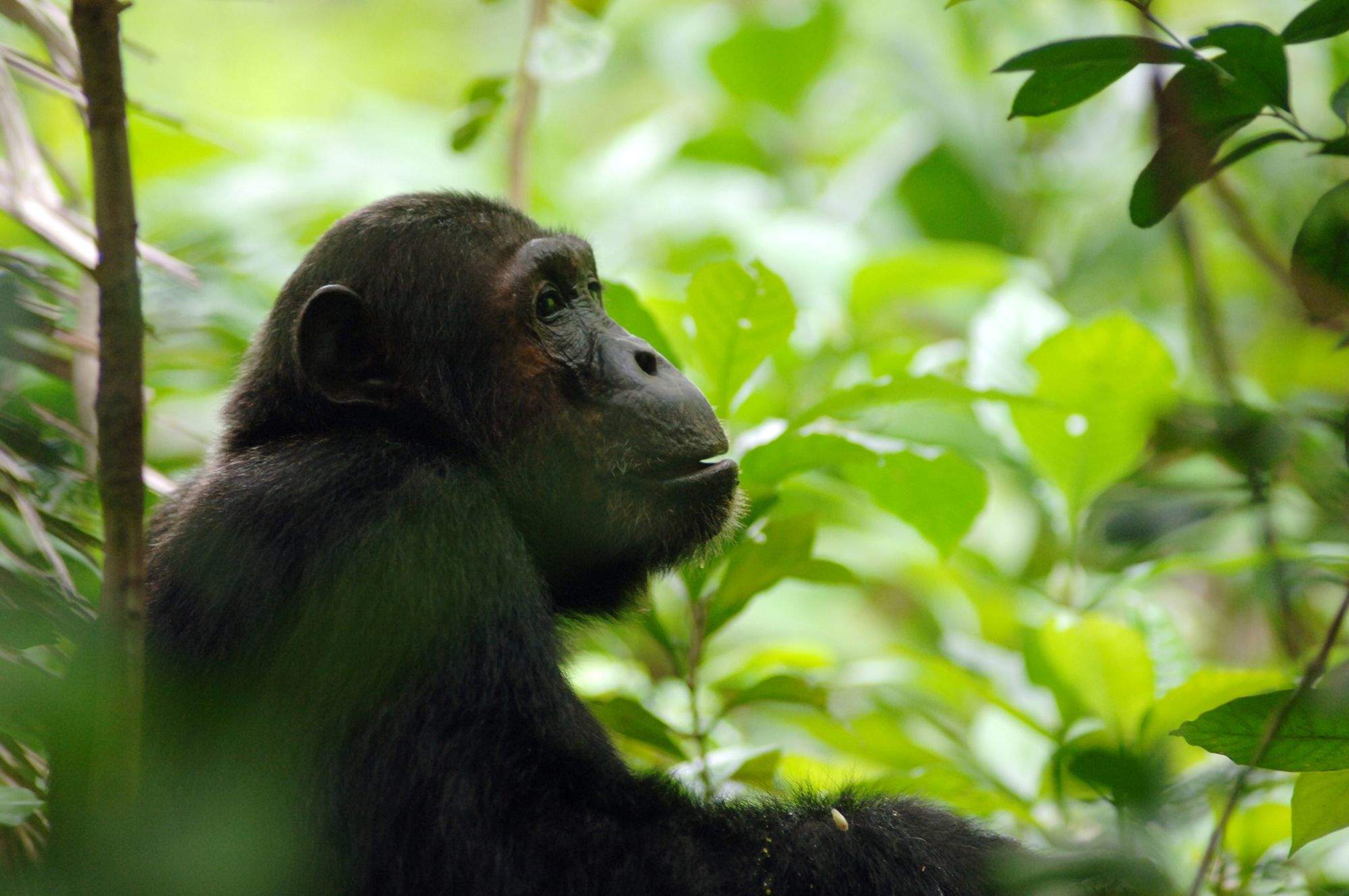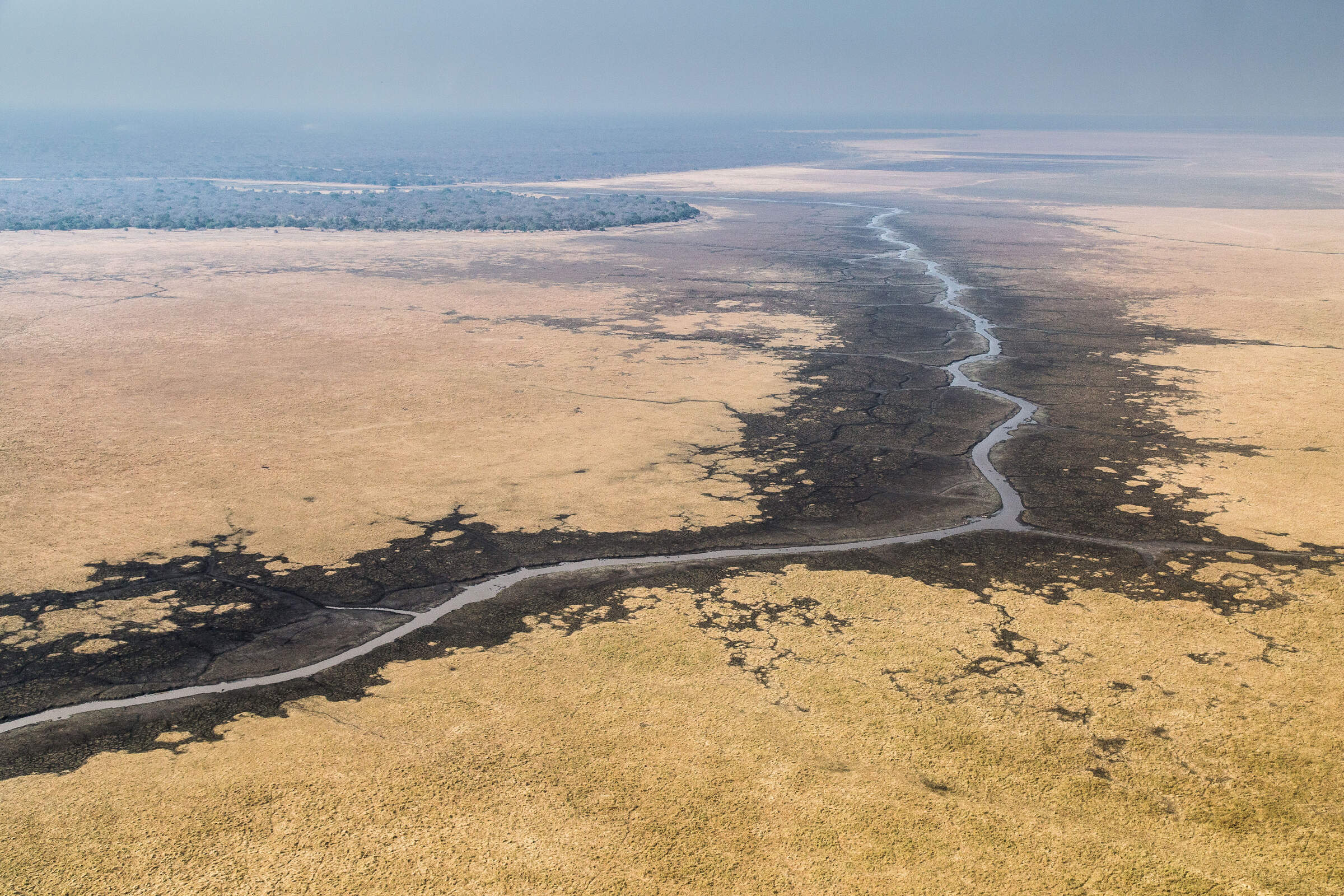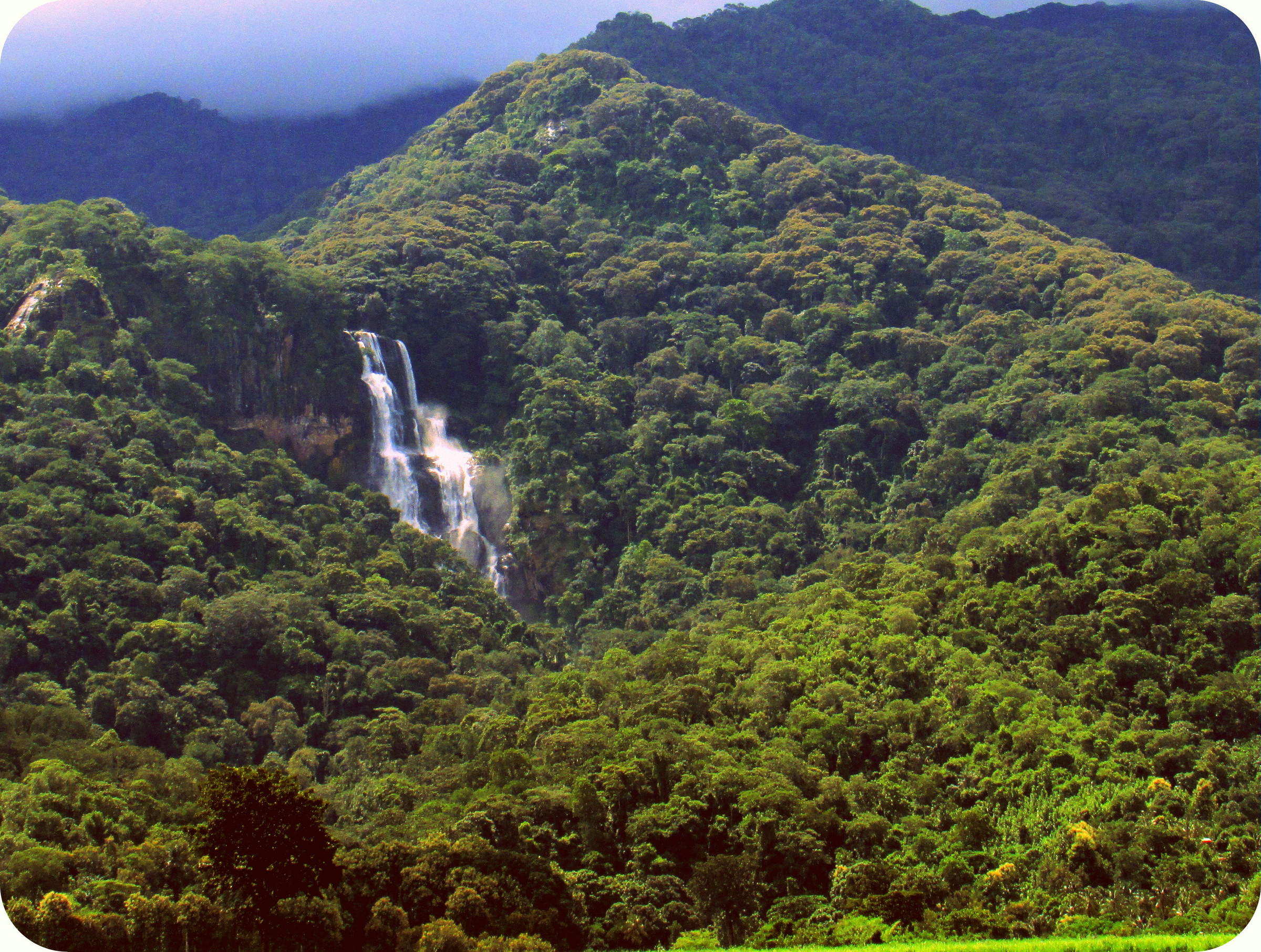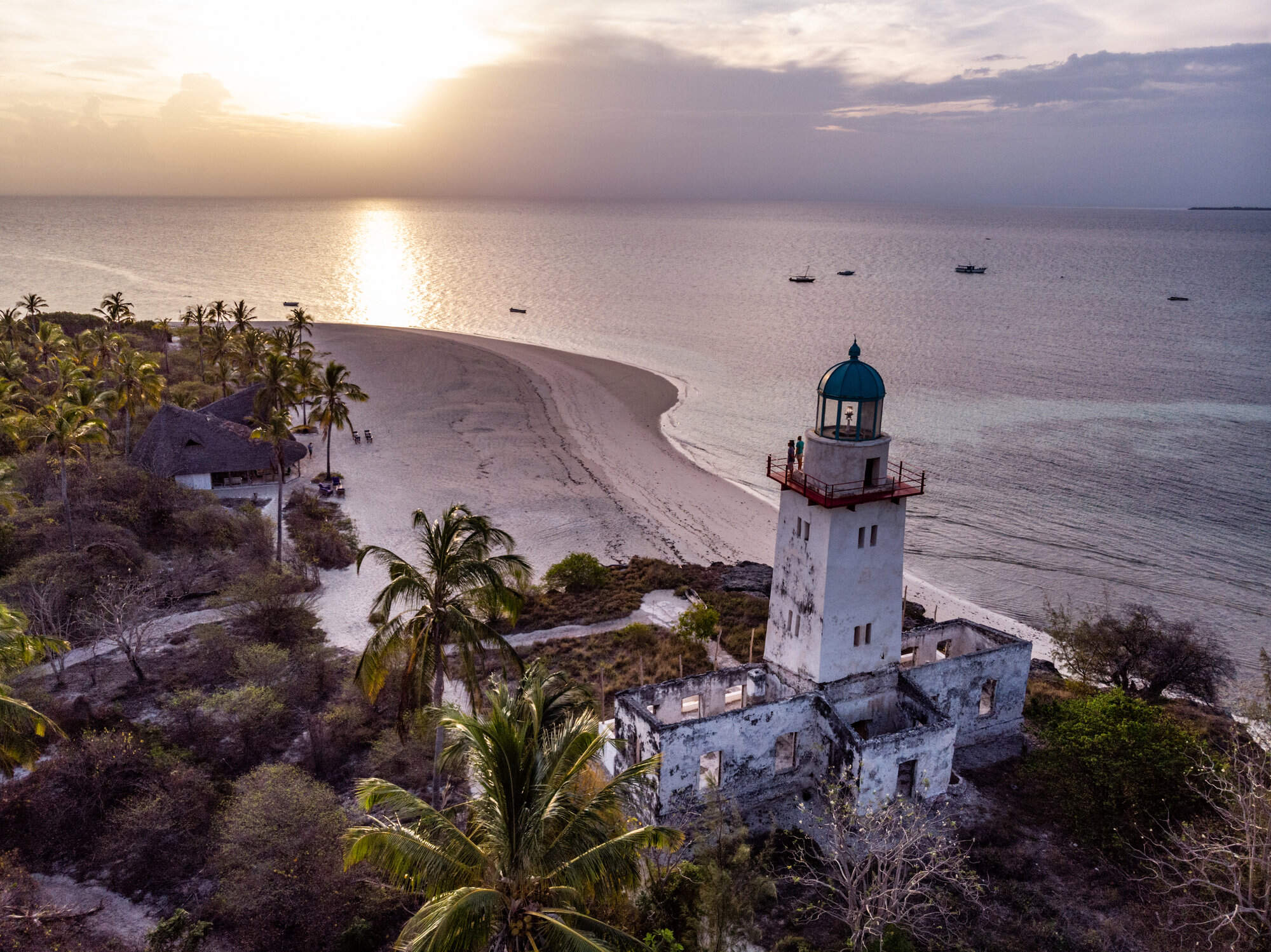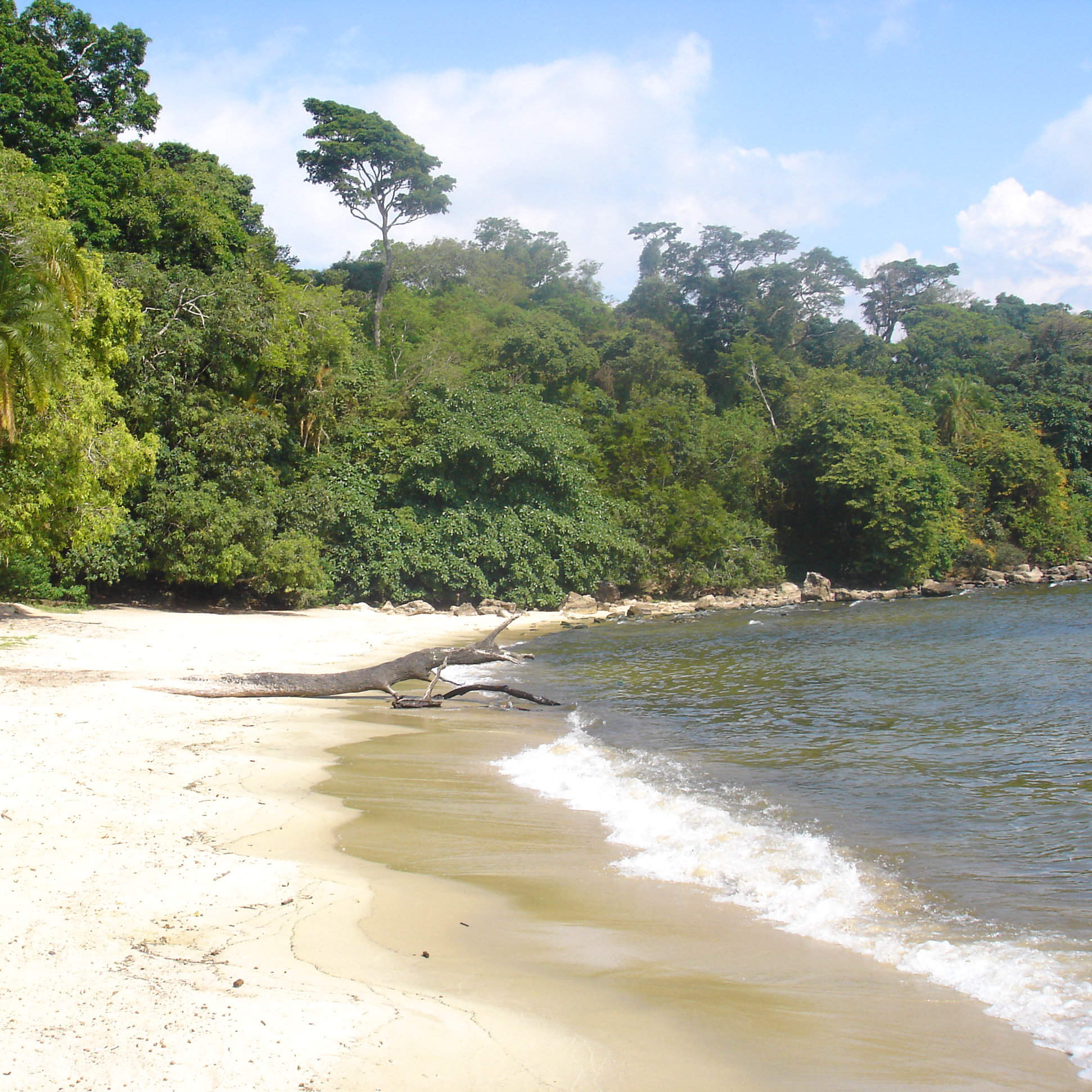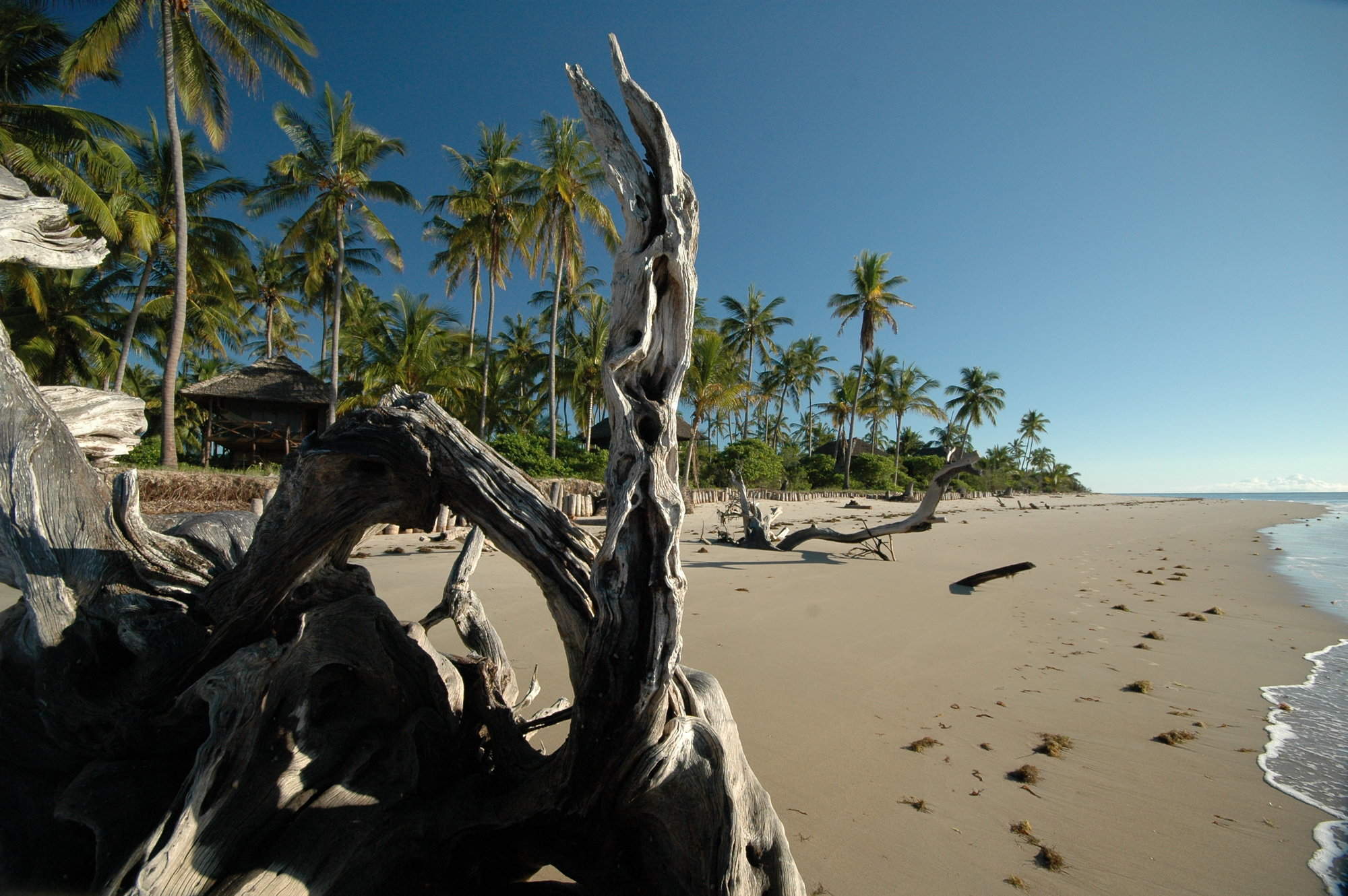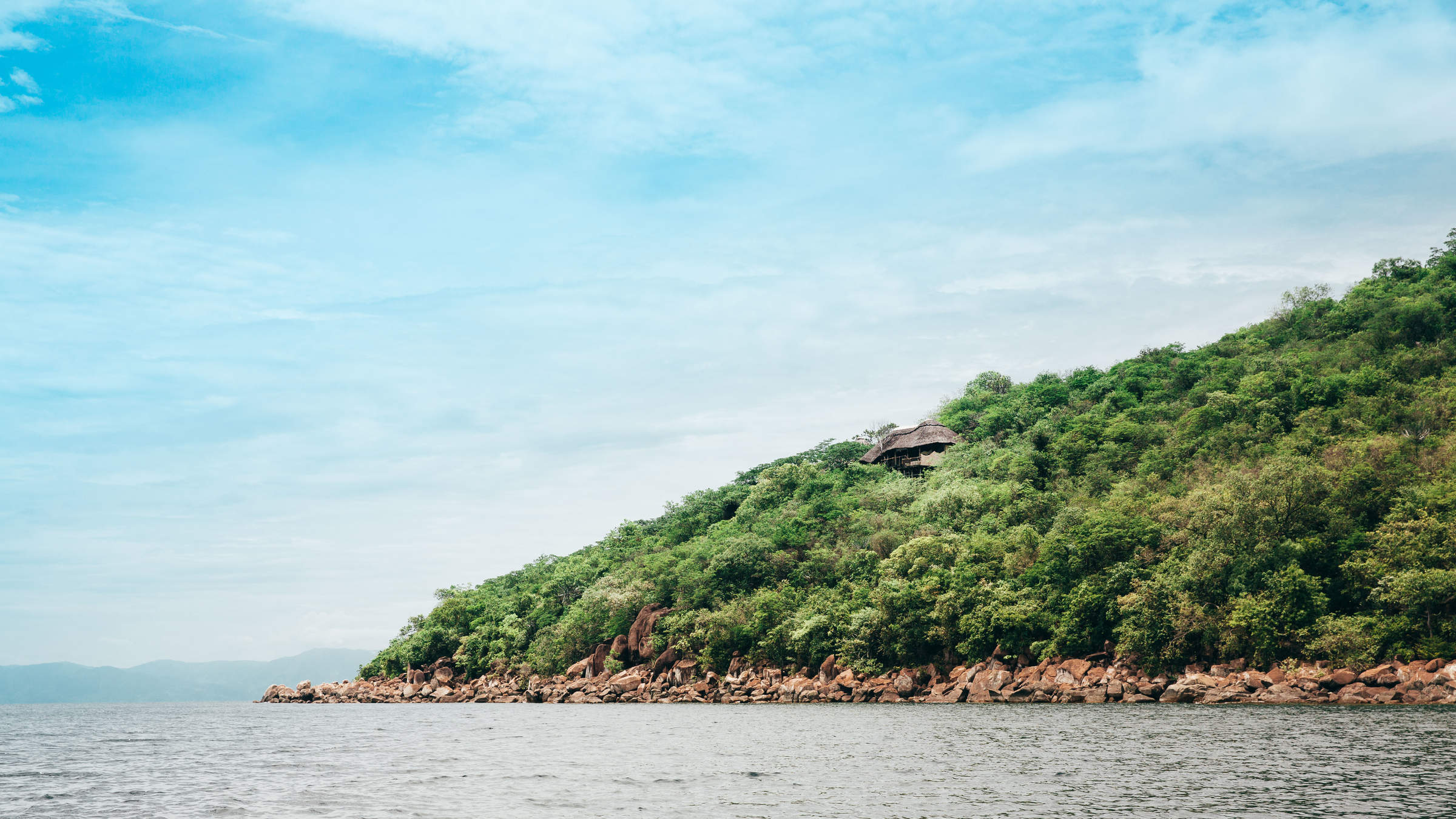Nomad Expeditionary Walking Camp: Our full report
One of Expert Africa's highly regarded partners in Tanzania, Nomad Tanzania, launched a series of expedition-type ...
... itineraries in 2023 designed to immerse you in the bush. With a highly experienced team, you explore a region on foot for several days, learning about its landscapes and wildlife, and photographing the smaller species as well as the big mammals, though usually at a greater distance than when you're in a vehicle.Nomad Tanzania's Expeditionary Walking Camp moves between different areas in Tanzania. The exact timings of this may differ slightly year to year, but the emphasise is always to be remote and away from other people and vehicles. Generally, the camp operates in the famous north from November - June, between two different areas within the Serengeti National Park; the Ngare Nanyuki area in the east, and the Mbalageti Western Corridor and then further south in the Gol Mountains district of the Ngorongoro Conservation Area. In July - October the camp moves to the southern stretches of the quiet Ruaha National Park. From August - October the camp moves to Tanzania's remote west in Ugalla National Park.
Your walking safari will typically last for three nights, but longer safaris are possible. The walking safari is always exclusive to you, with a minimum of two guests and a maximum of six in your party. At Expert Africa we treat this kind of adventure as another camp on your overall itinerary and you can of course top and tail the walking safari part of your holiday with other safari camps, or with a beach stay.
You'll be supported by a team of five, including an experienced head walking guide who acts as camp manager, accompanied by a suitably armed ranger, and three back-of-house staff – a cook, a waiter and a tent attendant. They have their own vehicle which physically transports the camp. You will also have a Nomad driver-guide and safari vehicle to operate your transfers and to be available to transport you if necessary.
The adventure normally starts when you're met at a bush airstrip or collected from a permanent camp or lodge by your driver-guide, usually in the morning to arrive at the mobile camp for lunch, or sometimes to arrive at the mobile camp in the afternoon, with a picnic lunch en route. You'll typically be given plenty of time to settle into the mobile camp and have a rest, with the option of an afternoon walking excursion before your first night in the bush.
The guest tents are comfortably sized ridge tents, each sleeping two people in single camp beds, with full linen and duvets. The tents are big enough to stand up in, and have excellent ventilation all around as most of the inner is constructed of insect mesh. If the weather is reliably dry, the fly-sheet can be removed to allow you to sleep under the stars. The tents are equipped with towels and toiletries, crocs (rubber shower shoes), gum boots and bug spray, the last two items of which you hopefully won't need. Bathroom facilities include a safari wash basin on a tripod stand outside your tent, and a little further off a fully-screened safari shower with a wooden platform to stand on, and an equally private and separate "dry flush" safari toilet with a short drop and a bucket of earth and a trowel for covering the evidence. The guest tents and the guest shower and toilet are close enough to each other and to the central area of the camp for an escort not to be required after dark – though your guide will always be available, and within audible distance, if you need assistance.
The central areas of the mobile camp focus on a good camp fire and director's chairs, a large communal dining table (under a tarp if necessary) where you'll eat with the head guide, and a well-stocked bush bar just behind. The kitchen tent and staff tents, firewood supplies and vehicles are a short distance away.
First thing in the morning you'll find the camp fire lit and your choice of hot drink waiting for you as soon as you emerge from your tent. You'll have a jug of warm washing water by your basin and you'll be able to shower if you choose (as you'd expect, you'll be asked well in advance when you would like to shower). You'll usually have breakfast – cereals, yoghurt, toast and fruit, and eggs, bacon and sausages if you wish – as the sun comes up. Dietary requests can be accommodated with advance notice.
And then, ensuring you have enough drinking water and carrying packed lunches, you'll set off for the first part of your first day's walking experience. On our Gol Mountains walking safari in 2024, we left at 6.45am, skirting the ridge on which our camp was sited, and following it south on a meandering route that varied between rocky scrub on the higher reaches and sloping plains further down. We approached a group of giraffes with young, tracked raptors overhead and watched herds of eland trotting past in the distance. We crouched to watch the antics of dung beetles. Later, we came upon a thundering herd of wildebeest, pouring out of a dell like a surging flood. As we ate lunch (which featured excellent wraps) under some welcome shade, a lone hyena approached us unawares from downhill (and upwind), passing us only 30 metres away when she finally caught our scent and picked up her lope. The vehicle collected us at the end of that day from a spot where we'd been resting and watching weaver birds.
The camp was a welcome refuge at the end of the day, with cold beer and chilled wine waiting for us by the fire, and an excellent curry dinner and engaging convsation.
On our second day the camp moved to a picturesque location by a waterhole and we traversed a broad stretch of savannah to reach it, creating ripples of alarm among the wildeebest and zebra herds as we approached them and they parted. Macabre but fascinating carcasses littered the scene (reminder that every wildebeest, and every other creature, ends up being food for somebody in the ecosystem) and the circling vultures were ever present. A solitary golden jackal came close during one of our stops, but predators eluded us otherwise, as we were expecting. Lunch and a long rest by a pond busy with birdlife was a fine interlude. Later, dusk settled by our campsite waterhole, as marabou storks parachuted down to their roosts and the frogs started chorusing.
Our view
Logistically immaculate, superbly managed, this is an outstanding experience that should suit any fit safari enthusiast. We were very impressed by the quality and comfort of this mobile experience, and by the rewarding volume of mammals and birds we encountered along the way.
Geographics
- Location
- Serengeti Migration Area, Tanzania
- Ideal length of stay
- 3 nights minimum
- Accessible by
- Fly-and-Transfer
Food & drink
- Usual board basis
- Full Board & Activities
- Dining style
- Group Meals
- Dining locations
- Outdoor Dining
Children
- Attitude towards children
- Children are not permitted to join these trips.
- Property’s age restrictions
- 16 is the minimum age.
Communications
- Power supply notes
- Lighting in camp is by solar lantern, and you'll be given a torch. Remember to take at least one good, charged-up power bank, and plenty of spare batteries. The vehicles have inverters for charging in case you run out of options.
- Communications
- Cellphone signal comes and goes. It can be quite good in some parts and completely absent in neighbouring areas.
- Water supply
- Transported in
Health & safety
- Malarial protection recommended
- Yes
- Dangerous animals
- High Risk
- Fire safety
Activities
Private activities
Extras
- Disabled access
- Not Possible
- Laundry facilities
- None
- Money
- You're not likely to need any money until the end of the expedition, when you'll want cash for tips.
Other lodges in Serengeti Migration Area
Alternative places to stay in this same area.
